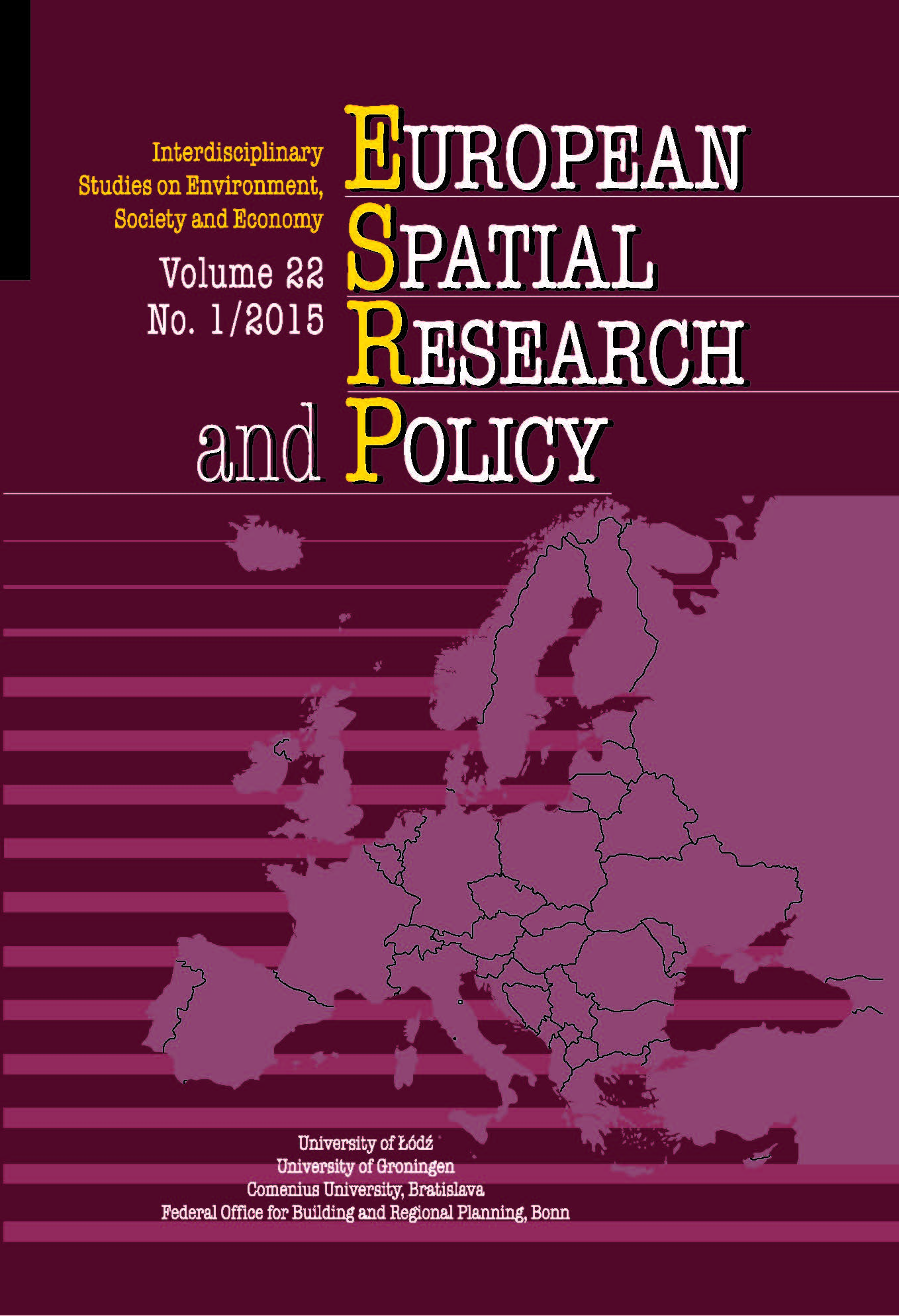Status Report about the Progess of the Visegrad Countries in Relation to Europe 2020 Targets
DOI:
https://doi.org/10.1515/esrp-2015-0018Downloads
References
COM (2010), Communication from the Commission, EUROPE 2020 (A Strategy for Smart, Sustainable and Inclusive Growth), 3 March, Brussels, http://europa.eu/press_room/pdf/complet_en_barroso___007_-_europe_2020_-_en_version.pdf (24.11.2014).
Google Scholar
EUROSTAT (2013), Smarter, Greener, More Inclusive? Indicators to Support the Europe 2020 Strategy, Luxemburg: Publications Office of the European Union.
Google Scholar
EUROSTAT (2014), European Commission, http://ec.europa.eu/eurostat/help/new-eurostat-website (24.11.2014).
Google Scholar
http://epp.eurostat.ec.europa.eu/portal/page/portal/eurostat/home (24.11.2014).
Google Scholar
http://epp.eurostat.ec.europa.eu/portal/page/portal/europe_2020_indicators/headline_indicators (24.11.2014).
Google Scholar
LISBON EUROPEAN COUNCIL (2000), Presidency Conclusions, 23-24 March, http://www.europarl.europa.eu/summits/lis1_en.htm (24.11.2014).
Google Scholar
RÁCZ, G. (2009), ‘A visegrádi kongresszus’, [in:] RÁCZ, G. (ed.), Visegrád 1335, Bratislava: International Visegrad Fund, State Archives of Hungary, Pázmány Péter Catholic University, pp. 43-53.
Google Scholar
SEC (2010) 114 final, Commission Staff Working Document: Lisbon Strategy Evaluation Document, 2 February, Brussels: European Commission.
Google Scholar
Downloads
Published
How to Cite
Issue
Section
License

This work is licensed under a Creative Commons Attribution-NonCommercial-NoDerivatives 4.0 International License.














